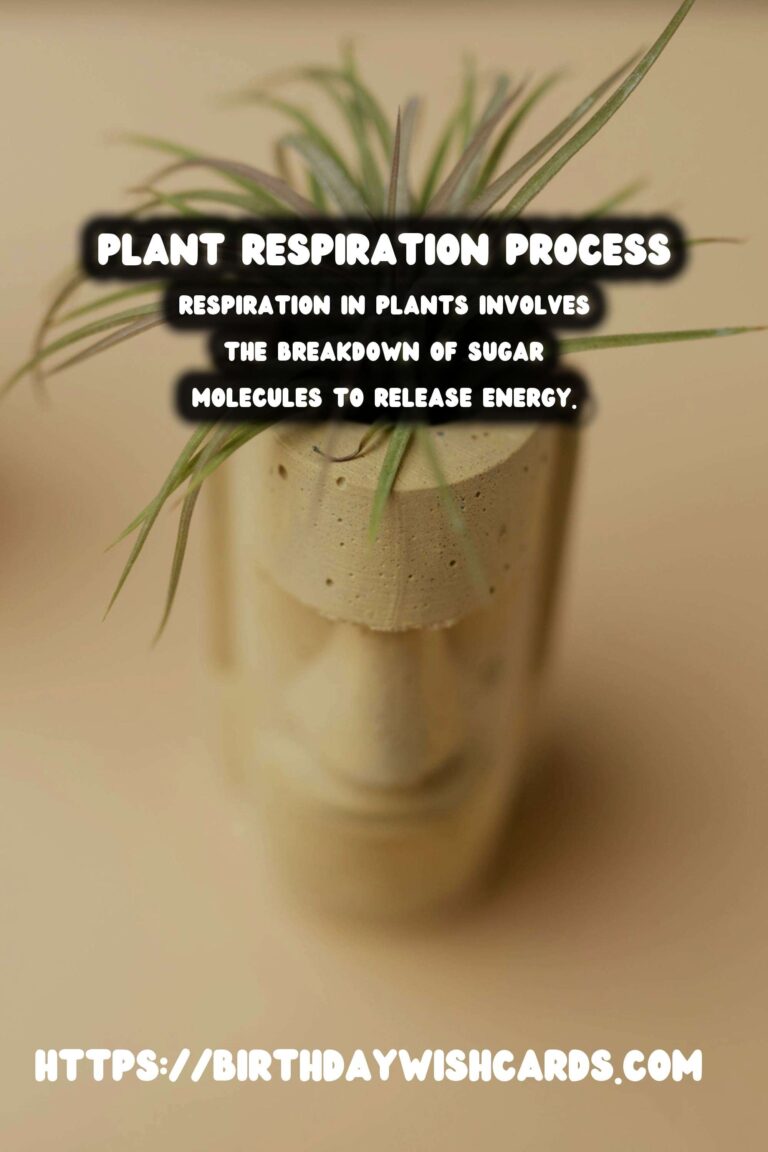
Plants, much like animals, undergo a process known as respiration. This is a vital biochemical process that is essential for their survival and growth. While photosynthesis is often highlighted as the primary function of plants, respiration is equally important. It is through respiration that plants convert glucose and oxygen into energy, which is necessary for maintaining cellular activities.
The Process of Plant Respiration
Respiration in plants involves the breakdown of sugar molecules, such as glucose, to release energy. This process occurs in the mitochondria of plant cells and involves a series of chemical reactions that ultimately produce carbon dioxide, water, and energy in the form of ATP (adenosine triphosphate).
There are three main stages in plant respiration: glycolysis, the Krebs cycle, and the electron transport chain. During glycolysis, glucose is broken down into pyruvate, releasing a small amount of ATP. The pyruvate then enters the mitochondria for the Krebs cycle, where it is further broken down, producing more ATP and releasing carbon dioxide as a byproduct. Finally, the electron transport chain produces the majority of ATP used by the plant.
Daytime Respiration
During the day, plants perform both photosynthesis and respiration. Photosynthesis, which takes place in the chloroplasts, uses sunlight to convert carbon dioxide and water into glucose and oxygen. While photosynthesis is happening, respiration continues to occur in the mitochondria. The oxygen produced during photosynthesis is used in respiration, creating a balance between the two processes.
Daytime respiration is critical because it provides the energy required for various cellular processes and the synthesis of essential compounds. Moreover, the carbon dioxide released during respiration can be used again in photosynthesis.
Nighttime Respiration
At night, photosynthesis ceases due to the lack of sunlight, but respiration continues. This is when plants rely solely on the glucose stored during the day to fuel their metabolic activities. The absence of photosynthesis means that oxygen is not produced, but it is still consumed during respiration.
Nighttime respiration is vital for plant growth and maintenance. It allows plants to repair tissues, synthesize proteins, and build cell structures. Additionally, the energy produced is used for nutrient uptake and transport within the plant.
Comparing Night and Day Respiration
While the basic process of respiration remains the same, its role and impact differ between night and day. During the day, respiration complements photosynthesis, while at night, it becomes the primary metabolic activity. The rate of respiration is generally higher during the day due to increased energy demands for photosynthesis-related activities and growth processes.
Understanding the differences between nighttime and daytime respiration helps in grasping how plants manage their energy resources. It also provides insights into how environmental factors such as temperature and light influence plant metabolism.
Conclusion
Plant respiration is a continuous process that occurs both day and night, playing a crucial role in plant growth and survival. While photosynthesis often takes the spotlight during the day, respiration ensures that plants have the energy needed for various functions. By understanding the dynamics of plant respiration, gardeners, farmers, and botanists can better manage plant health and productivity.
Plants undergo a vital biochemical process known as respiration, essential for their survival and growth. Respiration in plants involves the breakdown of sugar molecules to release energy. During the day, plants perform both photosynthesis and respiration, creating a balance between the two processes. At night, photosynthesis ceases, but respiration continues, relying on stored glucose for energy. Understanding plant respiration helps in managing plant health and productivity. 
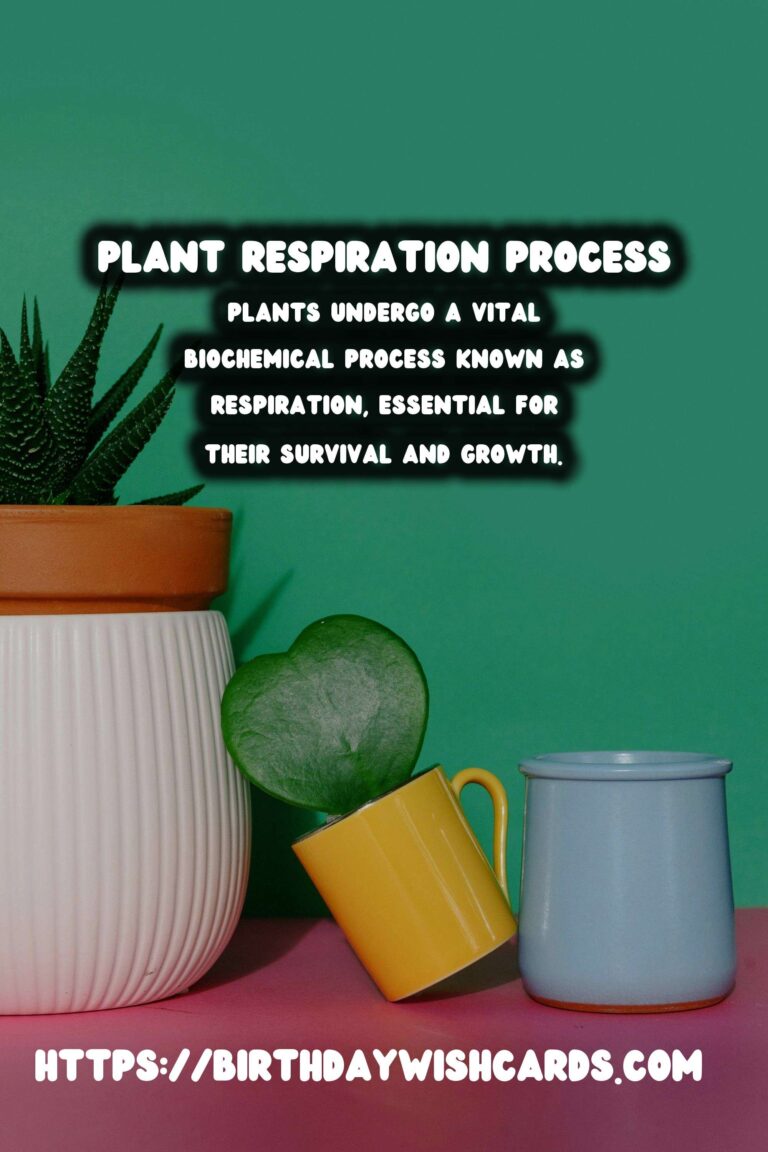
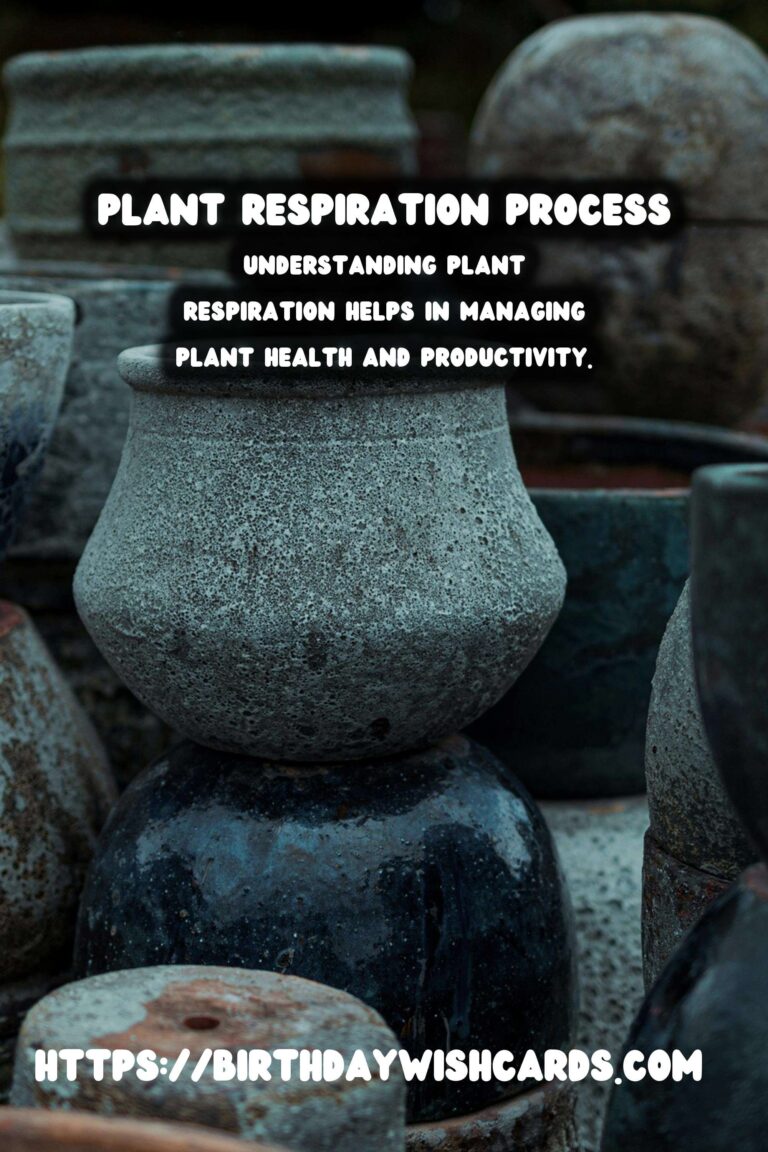
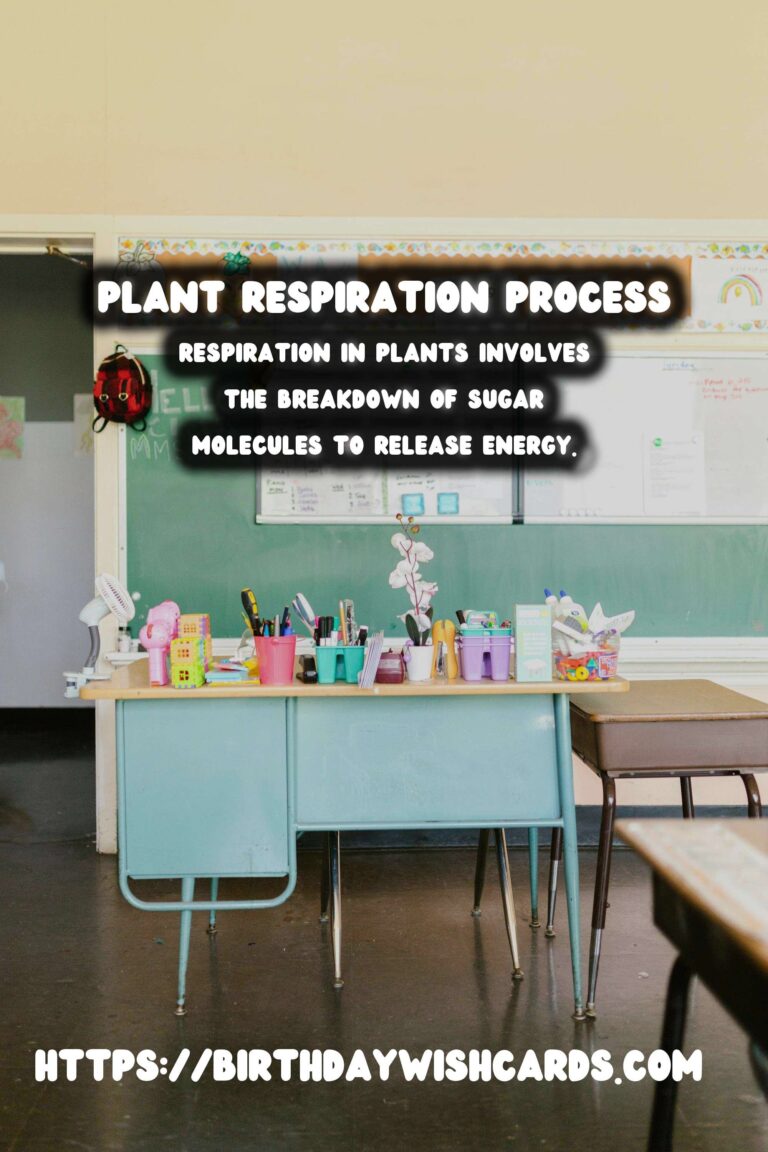
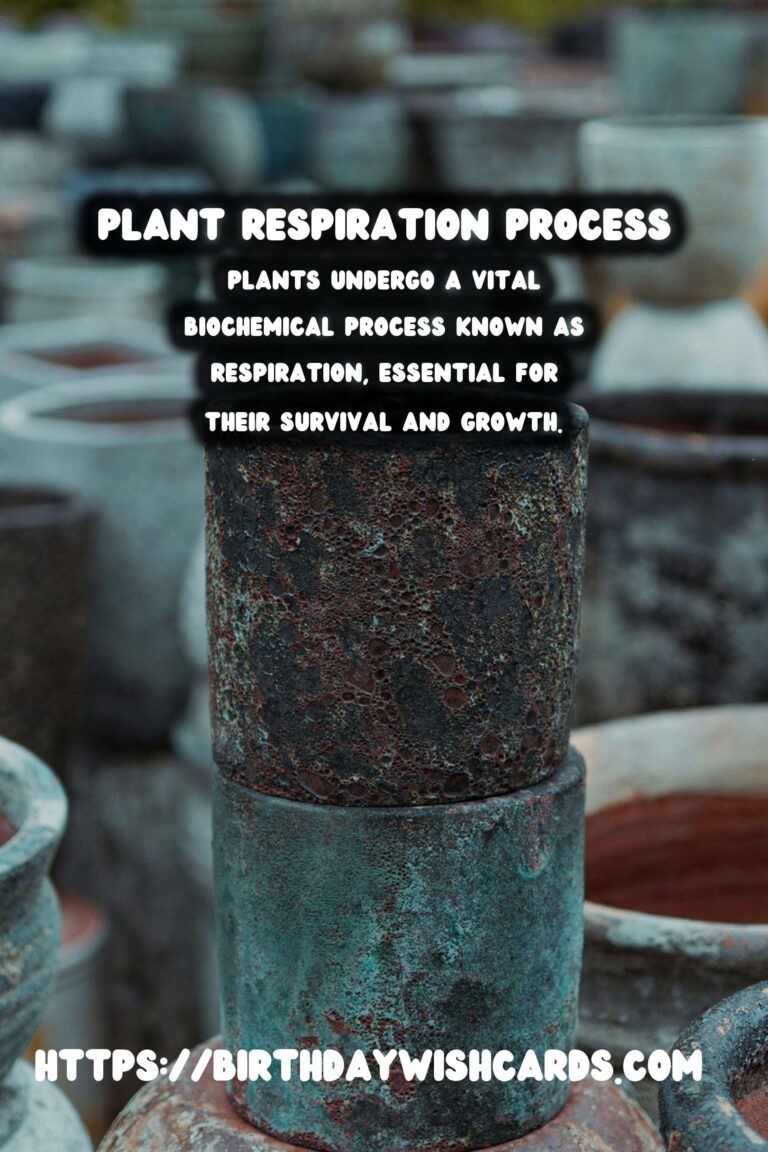
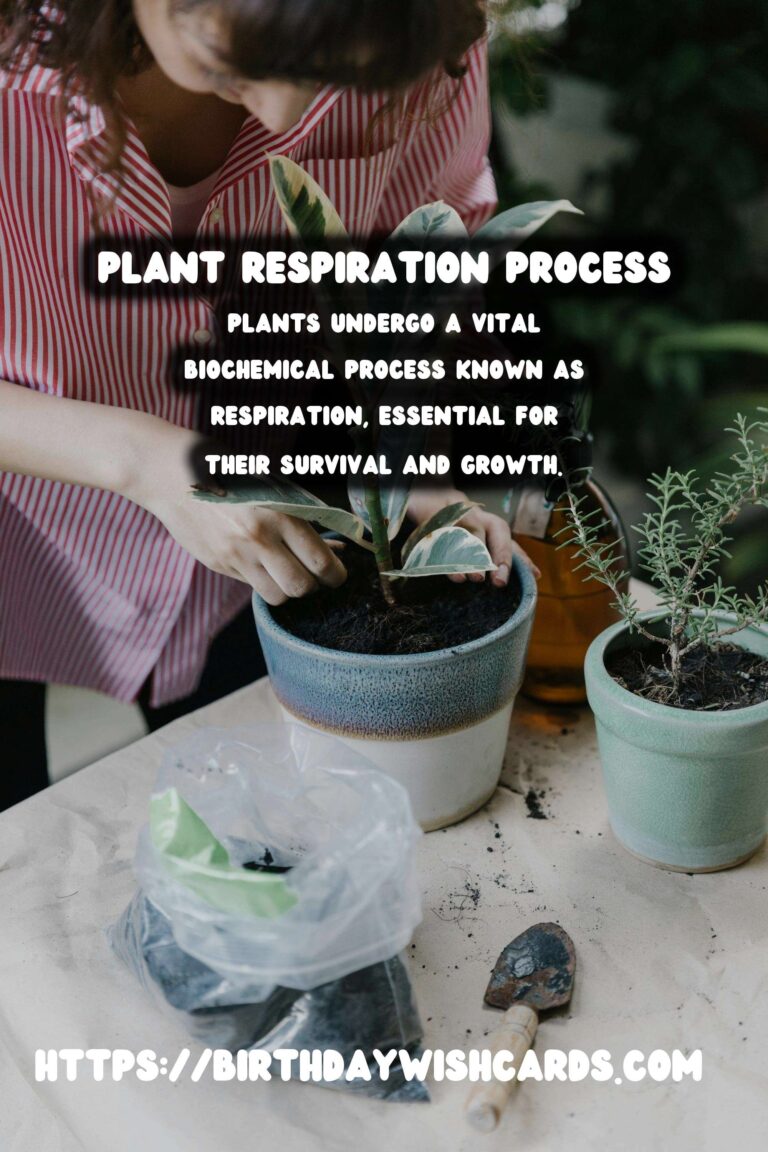
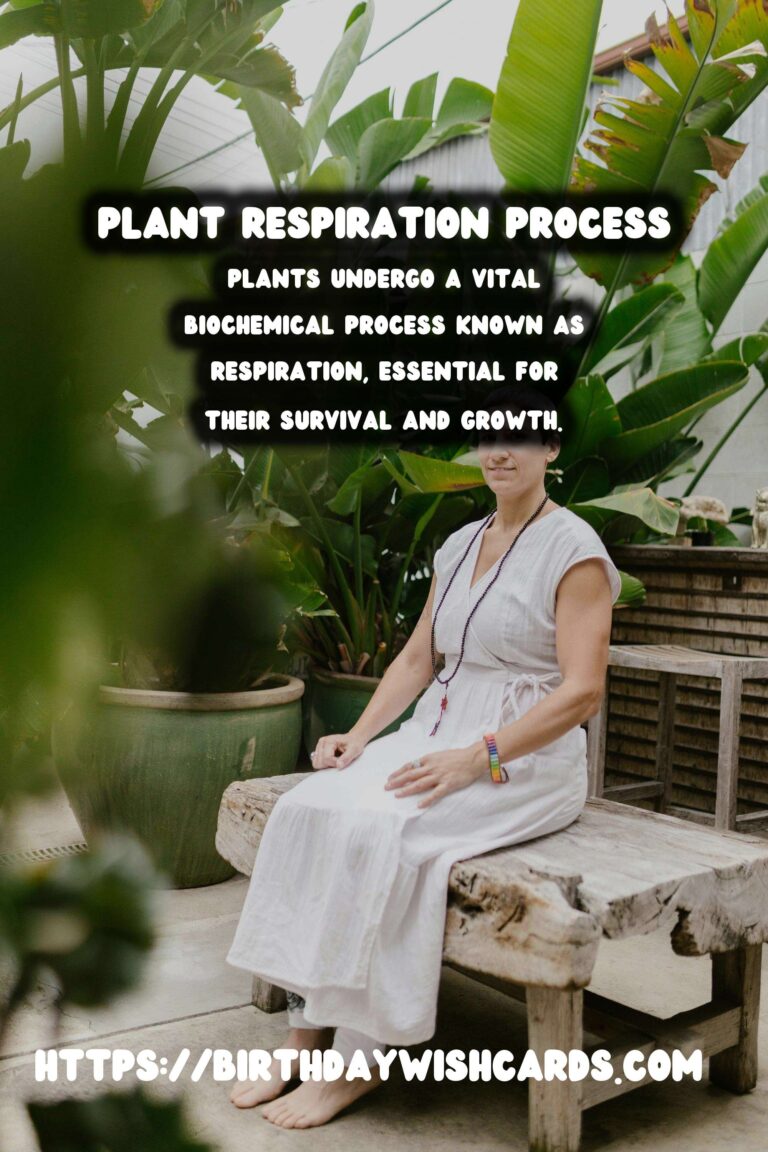
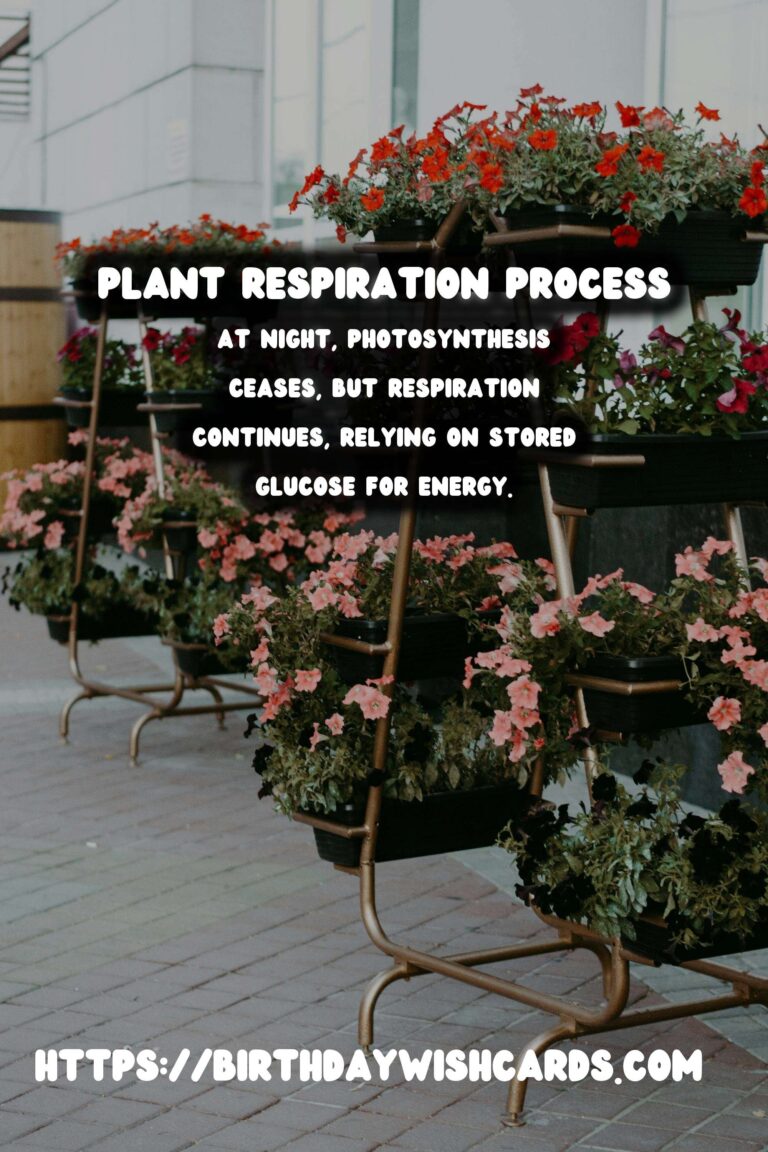
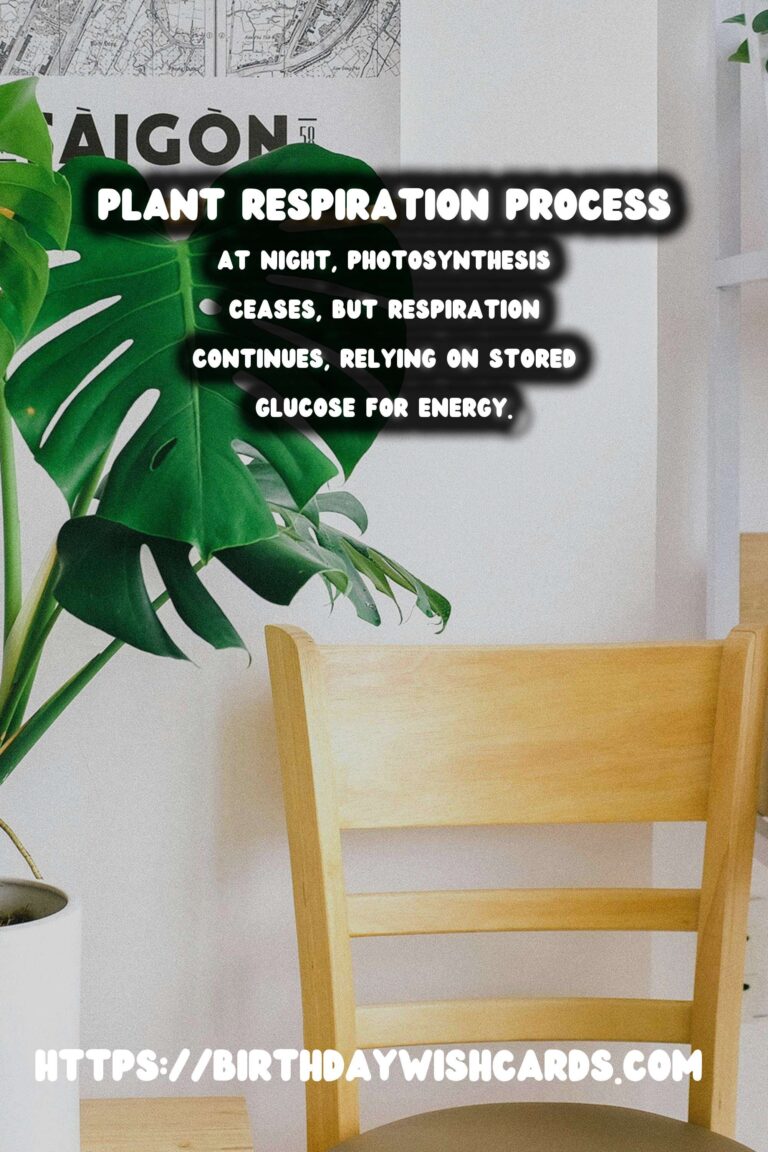
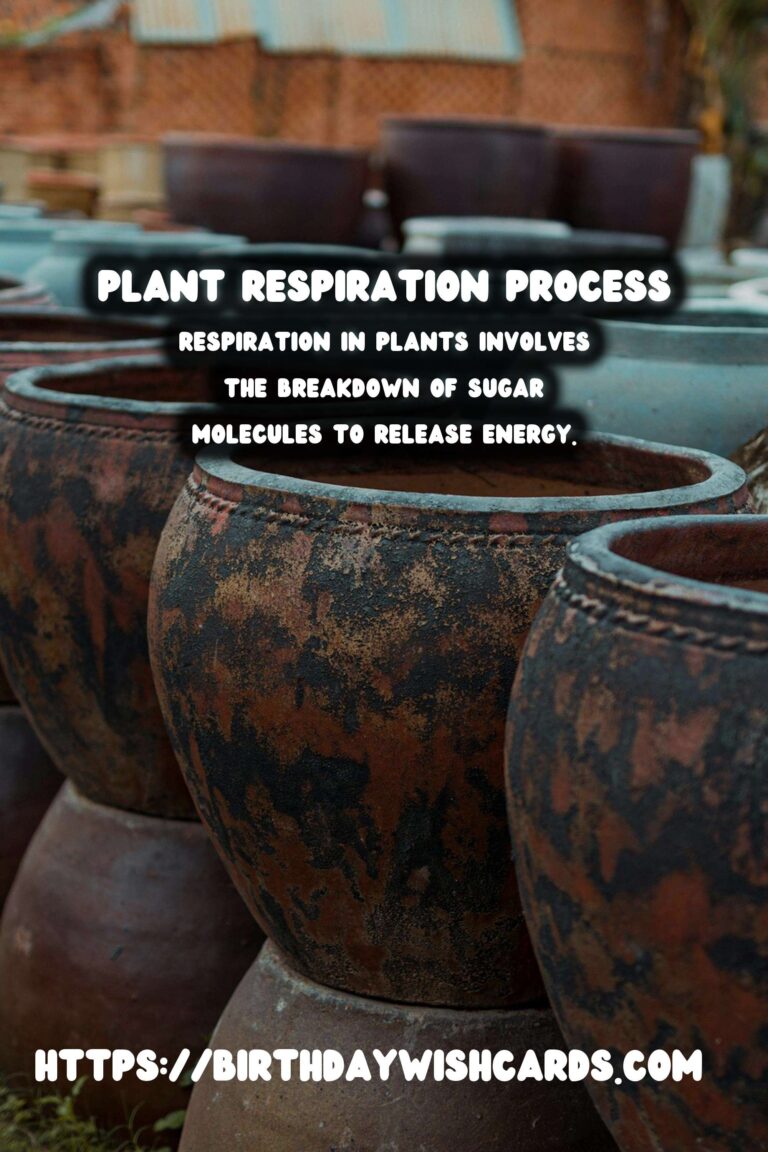
#PlantRespiration #Photosynthesis #Botany #PlantBiology #Gardening




